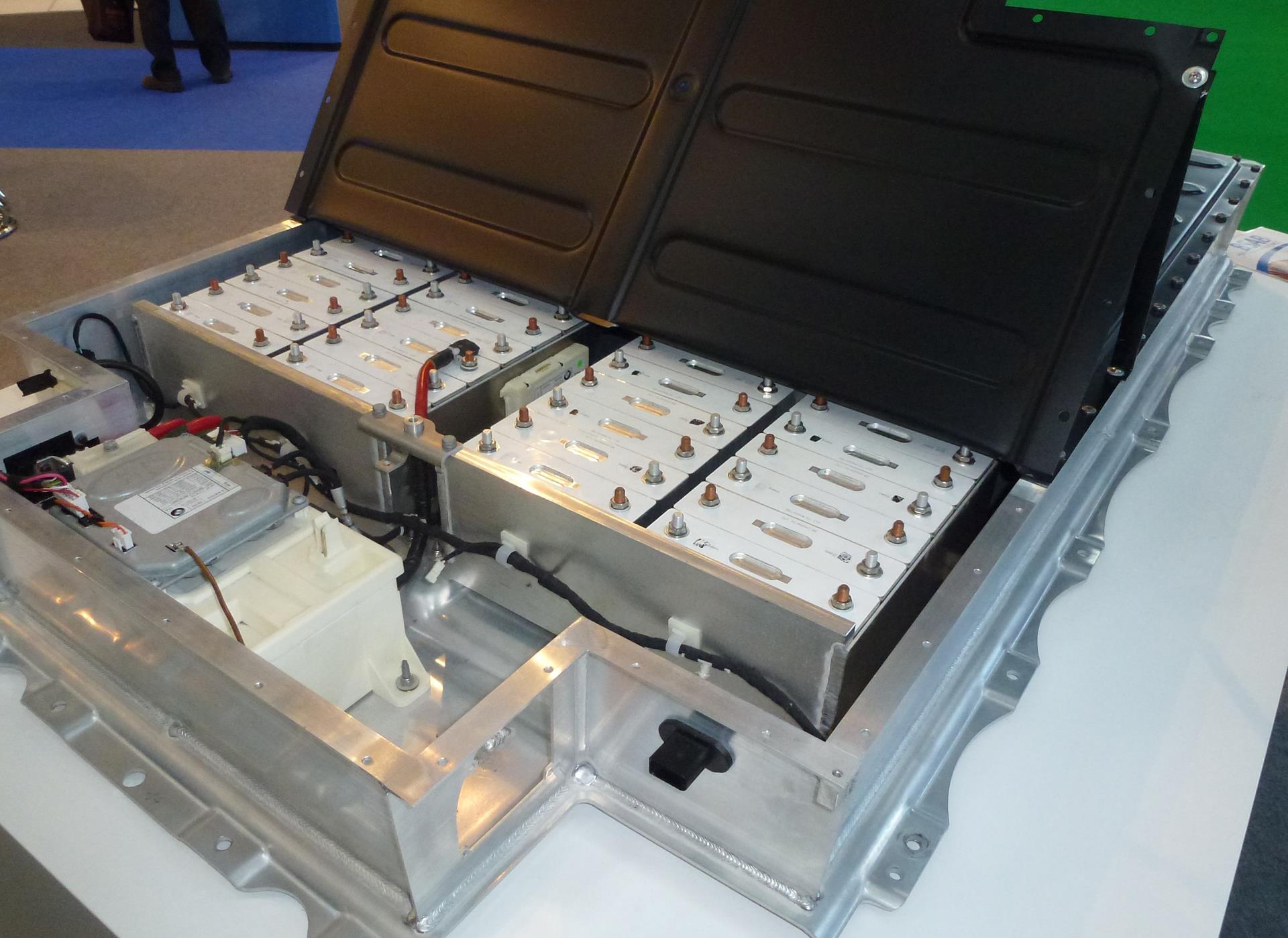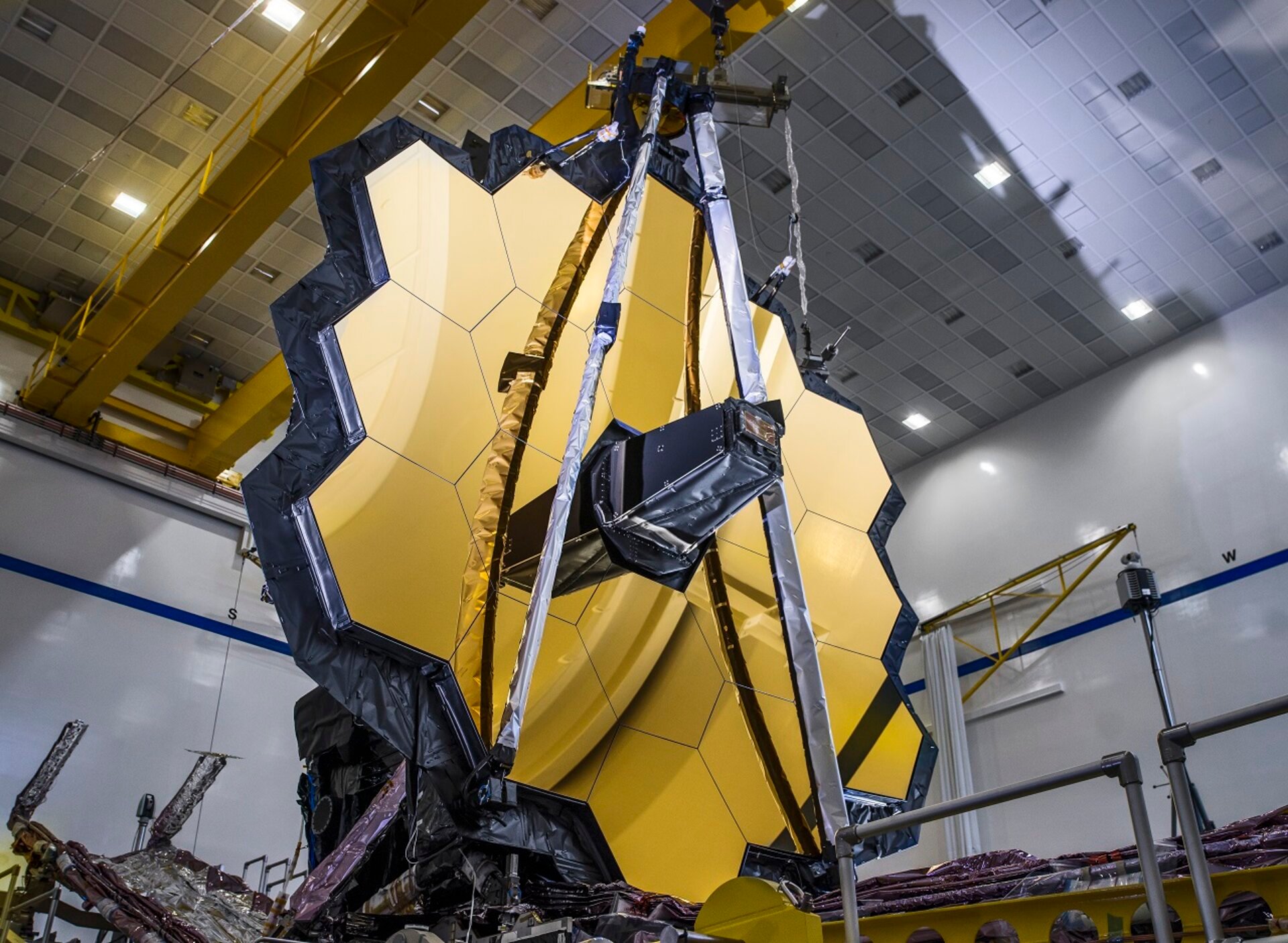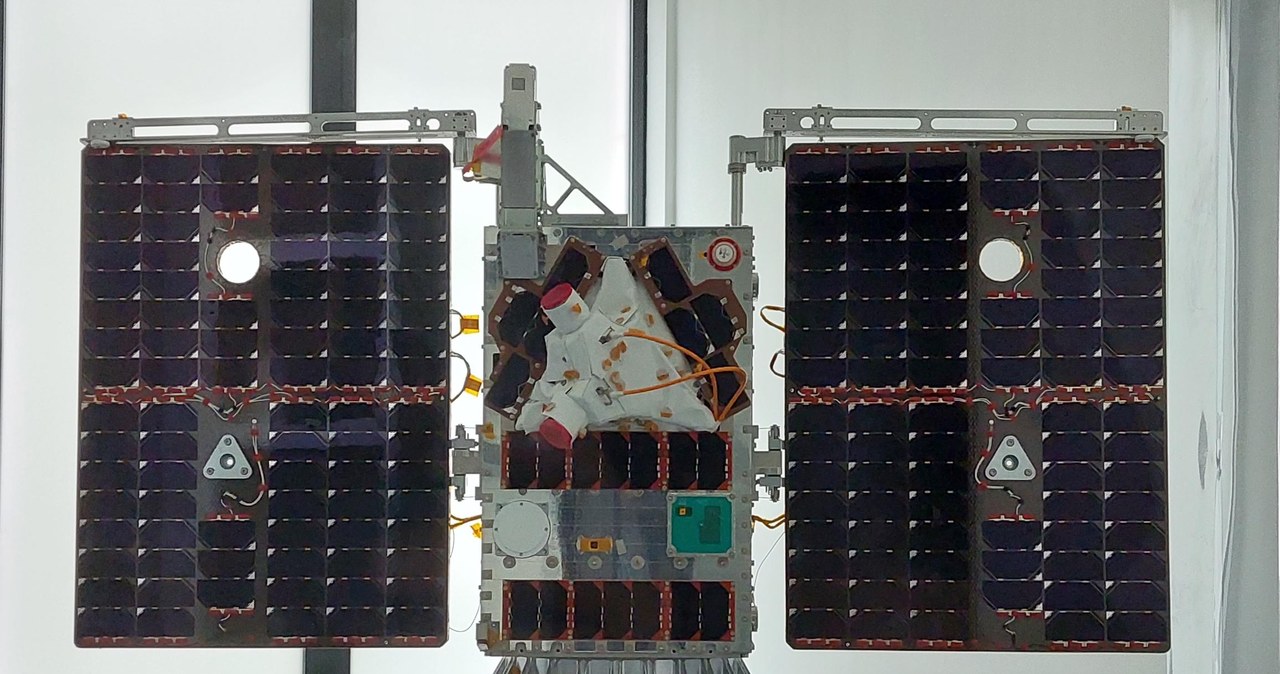So many ideas it’s hard to keep up. How do scientists want to improve batteries?
New generation batteries have been a recurring theme for many years and rightly so, because it is clear that humanity will build its future on them. Fortunately, manufacturers are not only currently producing typical lithium-ion batteries, but scientists continue to solve problems with these promising solutions and combinations. Among them are silicon anodes, which (on paper) promise longer battery life and capacity. Just because it suffers irreversible lithium-ion depletion, which is a serious limitation for the development of next-generation lithium-ion batteries.
Read also: Either a fish or an aquarium. Researchers have created a new lithium-ion battery, but there’s a catch
However, science is capable of finding a solution to every problem and this time is no different. Researchers at Rice University have proven just that, as detailed in a journal publication ACS Applied Energy Materials. In it, you will read about a new method for improving the performance of lithium-ion batteries with silicon anodes by coating them with fixed lithium metal particles (SLMP) and a surfactant. All this to limit the stretching of the SEI (Solid Electrolyte Interlayer) layer on the silicon anode, which is formed during battery use.
Read also: The dark side of lithium mining. People and nature will suffer because of our batteries
On the one hand, this layer is beneficial because it prevents further decomposition of the electrolyte and stabilizes the anode/electrolyte interface itself, but on the other hand it absorbs lithium in the process and increases the internal current resistance. This, in turn, reduces the available capacity and energy density of the battery, which does not happen all at once, but repeatedly, since the SEI can crack or peel due to changes in the size of the anode during charging and discharging. This, in turn, exposes the new anode surface and another cycle of lithium adsorption in favor of SEI formation.
Read also: The company’s electric trucks will get a flagship battery. Tesla Semi can hide
The aforementioned treatment of the anodes with new agents somewhat curtails this process, thus extending battery life by 22 to 44 percent, which is significantly comparable to cells without anodes prepared in this way. Let’s remember that simply using silicon anodes instead of the existing ones, i.e. graphite, can dramatically increase the energy density of lithium-ion batteries, and therefore the amount of energy that can be stored in a given volume. It is thus able to bring the weight and size of the battery pack together while maintaining the same capacity, thus translating positively into the same range. However, it is not yet known whether this solution of scientists will pass into mass production, becoming one of the pillars of a new generation of batteries.

Echo Richards embodies a personality that is a delightful contradiction: a humble musicaholic who never brags about her expansive knowledge of both classic and contemporary tunes. Infuriatingly modest, one would never know from a mere conversation how deeply entrenched she is in the world of music. This passion seamlessly translates into her problem-solving skills, with Echo often drawing inspiration from melodies and rhythms. A voracious reader, she dives deep into literature, using stories to influence her own hardcore writing. Her spirited advocacy for alcohol isn’t about mere indulgence, but about celebrating life’s poignant moments.








